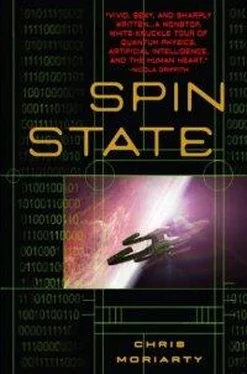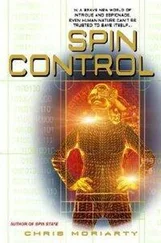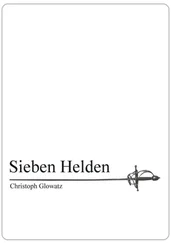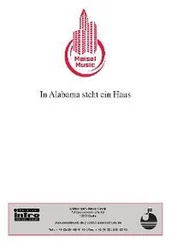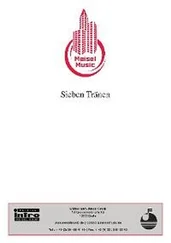“How—”
“I don’t know. But Cartwright says he can speak to whoever or whatever is using the field AI. That he can control it.”
“And you’d trust yourself to that?”
“Sooner than I’d trust myself to you.”
“Why?” Korchow asked, turning to Daahl. “Why this? Why him?”
Daahl shrugged. “It’s not that complicated, Korchow. We don’t like the idea of running from the UN straight into the arms of the Syndicates. We want to run Compson’s World for the natives, for the miners. And to get that we need a planetary net that we control. We need access to streamspace, to Freetown and FreeNet, without going through the UN relays, without being at the mercy of the Security Council and the multiplanetaries. And we need a Bose-Einstein relay intact, on our net. That’s what ALEF’s giving us.”
“Come on, Korchow,” Cohen said. “We’re going to pull off a good deed together. A blow for freedom and planetary self-determination. After all, you need to put something on the white side of the ledger book every lifetime or so.”
“So the deal’s off?” Korchow asked, white with fury.
“Not at all,” Cohen answered, smiling glossily. “It’s just that the price has gone up.”
Barnard’s Star Field Array: 28.10.48.
They jumped into Alba in a KnowlesSyndicate Starling, a sleek swallow-winged craft whose cabin had been stripped to its ceramic compound struts and refitted with a tangled rat’s nest of fractal absorption gauges, x/r monitors, and assorted black boxes whose functions Li could only guess at.
There were three of them: Li, Arkady, Cohen. Or part of Cohen, anyway. Arkady piloted the ship—though Li never figured out if he was the same Arkady she’d talked to at the meet in Shantytown or just another number in the same series. She also never found out how he got them there. She guessed he’d piggybacked through Alba’s high-traffic Bose-Einstein relay on a legitimate cargo flight. However he’d done it, the Syndicates weren’t about to let Li in on their back door into the system; Arkady knocked her out before they took off from Compson’s World and kept her under until the Starling dropped into Alba’s lee side thirty-eight hours later.
She woke up with a hammering headache that had less to do with the sedatives than with her rising apprehension about the run ahead of them, and listened halfheartedly as Arkady and Cohen talked through the bones of the run again. Her new wire jack itched atrociously, a nagging reminder of the irritation of the last few days in the union safe house. She reminded herself not to scratch it, scratched anyway, cursed Korchow, and brooded about staph infections.
Korchow and Cohen had infested the safe house like locusts, shunting haphazardly through Bella, Arkady, Ramirez until even Li hadn’t known who the hell she was talking to. Not that it would have made much difference; Cohen had been harder to talk to than Korchow recently. Was he just angry, or was this new distance more than anger, an obscure symptom of some shift in the tidal flow of the AI’s associated networks?
They had taken Cohen off-line for the run—dumped his systems into the Starling so that there would be no interstellar communications to give them away while they drifted off the station’s dark side. No shipboard comp could even come close to accommodating Cohen’s vast web of associated intelligences and enslaved subsystems, of course. Li doubted there was a self-contained net that big anywhere in UN space, outside of a few zealously defended corporate and military sites. So Cohen had dumped systems, left them behind, wherever “behind” was, and downloaded only what he thought was needed.
He had sworn it wouldn’t be a repeat of Metz, that when they powered down the Starling for the run and gave him control of the ship comp he would be there, willing and able to pull her out safely. But now that they were committed, all Li knew for certain was that Cohen, her Cohen, wasn’t there. He had stranded her in hostile space with no one to cover her back but a Syndicate agent and a stranger who didn’t seem to remember any of the promises the Cohen who claimed to be her friend had made her.
“Let’s go over it again,” said the disembodied ship’s comp voice that she still couldn’t think of as his. Li and Arkady settled at the narrow crew’s table, and they ran through the whole intricately choreographed plan again.
It was getting Li on-station that had been the real problem. And though it had taken days to work out the details, the solution was still the same blindingly simple one Li had spotted in the station schematics: the ventilation system.
Like most spacer-designed technologies, Alba’s O/CO 2cycle was obsessively efficient. It built on existing systems, recycling every available piece of material and energy, rolling many problems and purposes into one solution. It pushed breathable air down the long curve of the station’s inhabited zones, insulated the station’s pressurized inner bladder, sucked excess CO 2out into space, and powered the motors that turned the long dragonfly wings of the solar arrays. Air, warmth, and life-giving power all from one system. And the fuel that drove the system was always there, always free: space itself.
The pressure differential between the void outside and the full atmosphere of breathable air inside pulled freshly oxygenated air through the station, into the remote cold-storage bladders whose robot retrieval systems used no oxygen and created no CO 2load. When the CO 2-loaded air reached the end of its journey inside the life-support bladder, it flowed through vents into the soft vacuum of the station’s outer bladder, a second skin that provided insulation and radiation shielding, that protected the inner bladder’s life-support zones from the hard vac beyond the viewports.
The returning air served three functions in the outer bladder. First, it put a baffled, compartmentalized partial vacuum around the life-support bladder—a safety feature so universal in UN-designed stations that the station-killing blowouts of the colonial era were nearly forgotten, marked only by the sad little streams of wreckage that orbited so many periphery planets. Second, the rush of stale air venting the external turrets drove the big turbines that powered the solar arrays. Third, the turret vents served as a last line of defense against the parasitic plague that haunted all closed systems, orbital stations, and settlement biospheres alike: mold.
Mold thrived in the recycled, condensation-rich air of orbital stations, and an unchecked infestation could make a station uninhabitable in a matter of months. Some epidemics—and every station with any history remembered one or two of them—were so resistant that the only cure was to evacuate the station, void the atmosphere, and rebuild the O/CO 2cycle with fresh flora. Alba’s turret vents had been designed with that in mind. Each turret contained both an outer and an inner vent. The outer vents opened into the unused space off the station’s outer rim. The inner vents opened into the huge oxygen-producing algae flats. Faced with an incurable mold infestation, the station engineers could open both inner and outer vents and blow algae, air, condensation, and mold out into open space.
What Li’s soldier’s eye had seen was that, stripped down to its bones, the emergency venting system was an airlock. The inner vent separated life-support zones from the soft vacuum of the outer bladder; the outer vent staved off the void outside. In normal operations the outer vents opened only during the turbine’s power cycles. The inner vents never opened, except in the worst emergency. However, if they could open an inner vent, briefly, while the outer vent was closed, all that would show up on the station monitors was a barely noticeable local pressure drop as a few cubic meters of air flowed into the unsealed turret. And someone who had managed to slip through the turbine arms and into the duct at the end of the last power cycle could simply push the miter vent open and breach the station’s inner bladder.
Читать дальше
